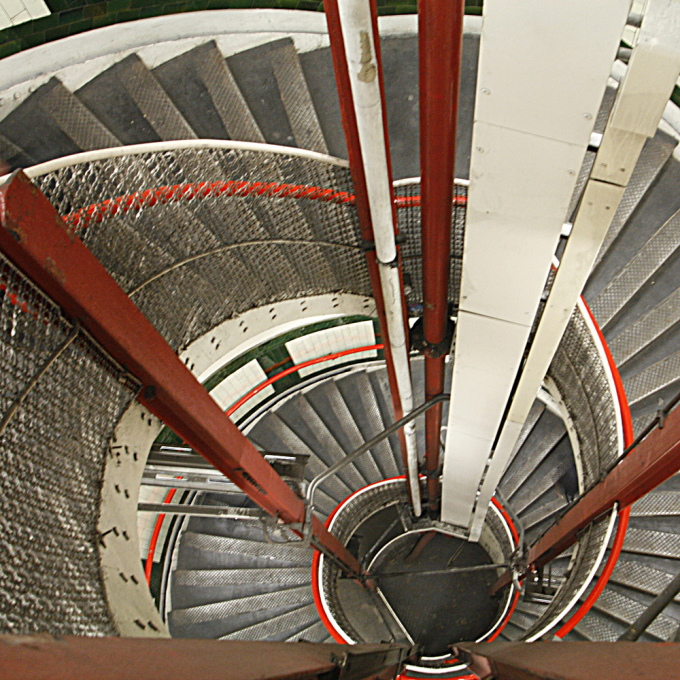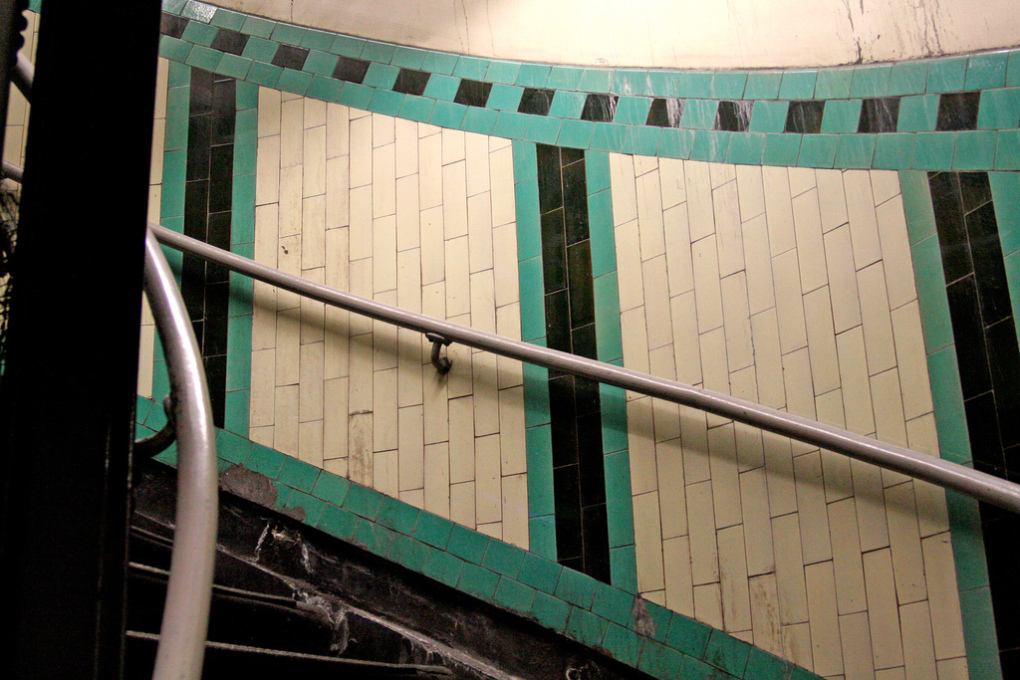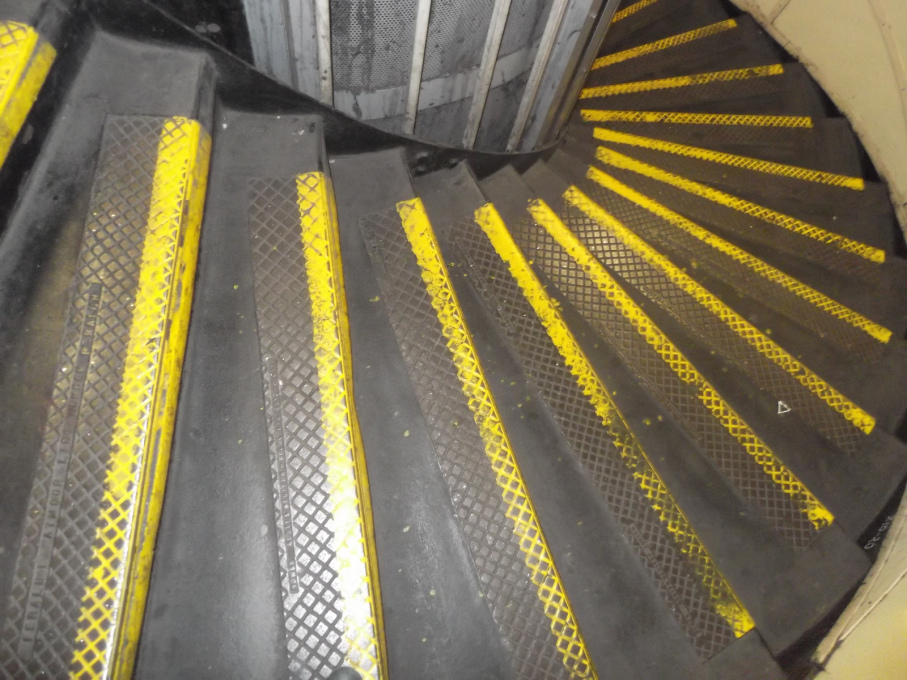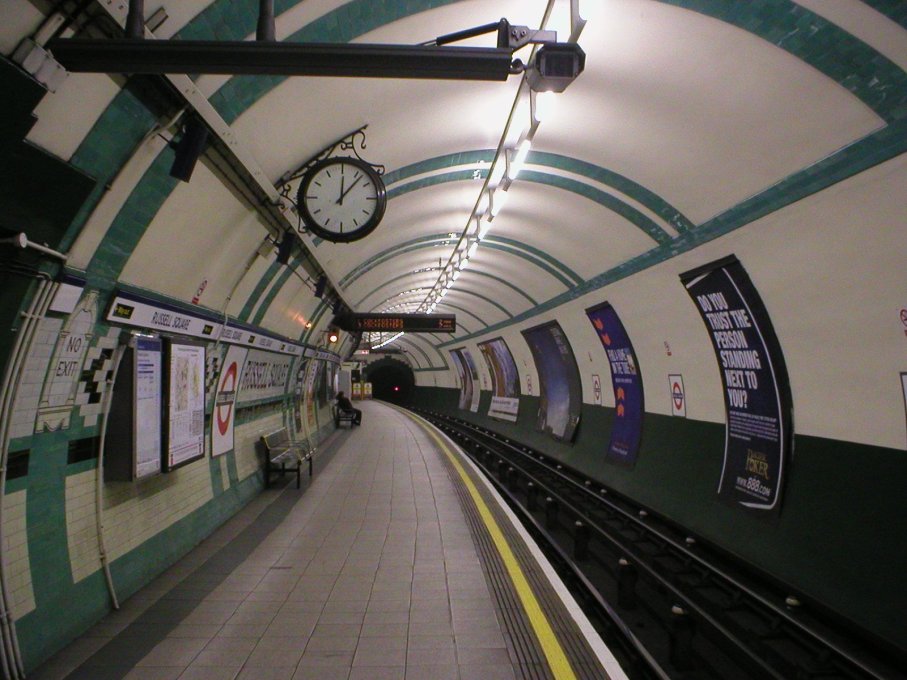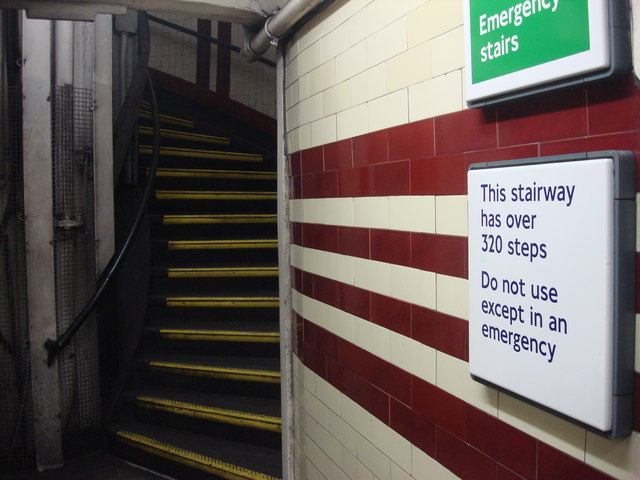Infrastructure has been the subject of much attention over the past decade, both from the design and planning professions and the general public. Industrial-chic has favored the heroic scale; things like highway interchanges and dams are favorite subjects for visual and written exploration. Yet sometimes there’s just as much poetry in less-noticeable forms of infrastructure that support the day-to-day. This can take the form of oddities like a tunnel for bicyclists under a river in Rotterdam or, as a recent trip to London suggested, spiral staircases in train stations. It is often the points where large infrastructural systems must accommodate the human scale -- and people themselves -- that things get really interesting. The spiral stairs of London’s tube are one of these fascinating conjunctions.
The London “Tube” subway system, opened in 1863, is the oldest in the world. The system gets its name from the circular borehole tunnels through which the trains run. The method of excavating the circular tunnels was one of the early innovations of the London subway, and enabled so-called “deep level” boring. This tube effect is present in the holes bored horizontally to carry the trains through the network, and also in the shape of the emergency access shafts drilled down into the network. Complex networks of stairs, escalators, and elevators provide regular access to the stations. Unusual for a large system, there are 19 stations where the only access to the trains is by elevator or in an emergency an extremely long spiral stair.
The London tube is tragically – and infamously – overburdened. Unsurprisingly, it is difficult to modernize the system, and things like limited tunnel sizes and complex level changes prevent everything from capacity increase to accessibility for the disabled. This is extraordinarily notable in situations like the one in London that we encountered recently – at the Queensway station where two elevators plunge up and down, ferrying passengers between track and ground. One elevator was out when we were at the station, challenging those brave enough to dare the climb up -- or down -- the 123-step circular emergency stairway. The stairway dates from the opening of the station in 1900 and has period ironwork and tiling details that would certainly be cost-controlled out of the same project today. As one winds down the sets of turning steps, a bit loopy from looping, one can’t help but to admire the clear touch of the human hand in this monstrous piece of infrastructure. Upon arriving at the bottom there is a sense of human mastery in navigating the system, before popping into the next overcrowded Tube car and joining the horizontal rush.




